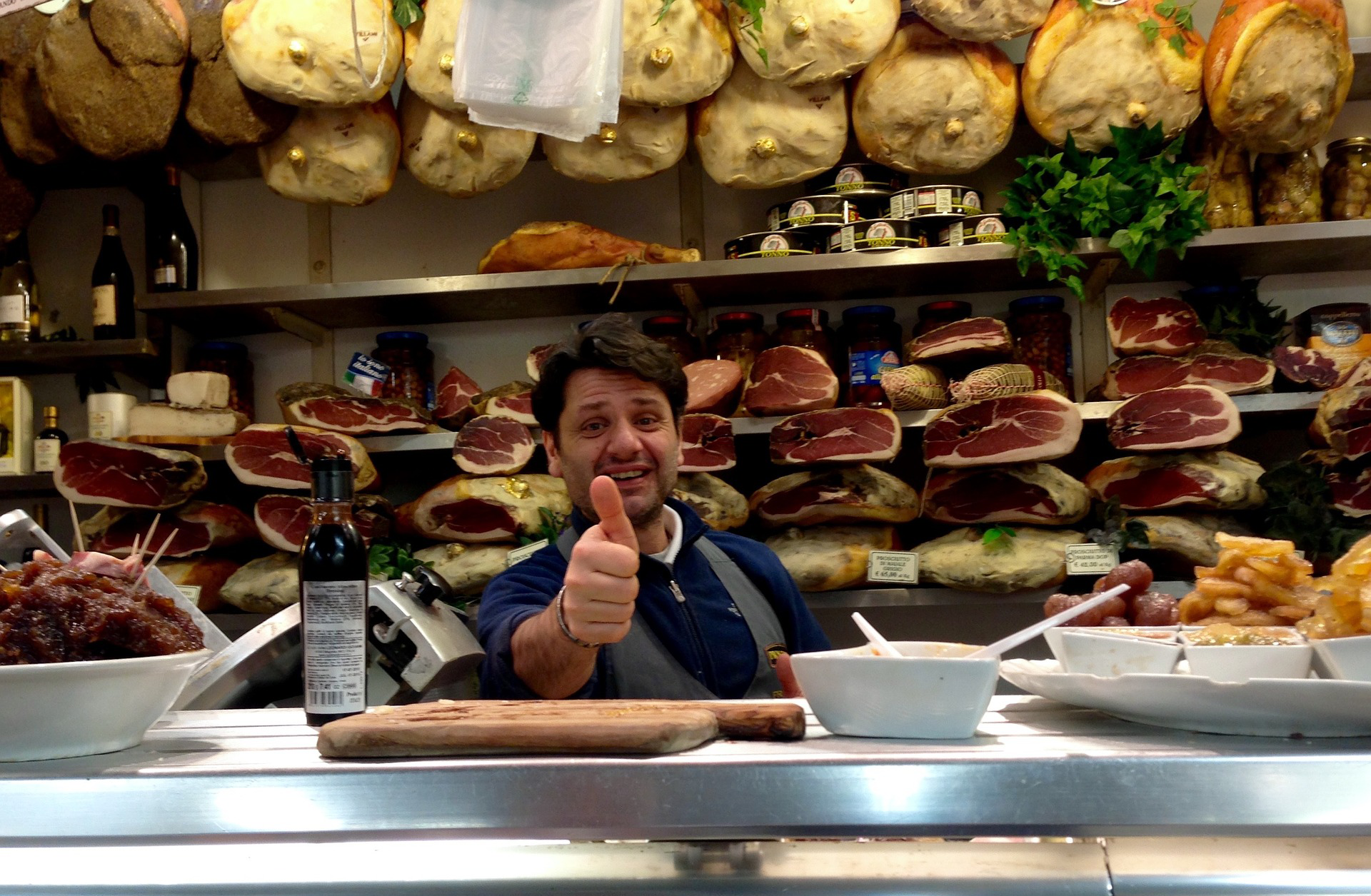What’s stopping you from investing in better, smarter cooking or baking equipment for your commercial kitchen? Is it money? Is it space? Or is it plain old why-mess-with-a-good-thing inertia?
We’re not about to stop store managers who feel inclined to remodel their kitchens top to bottom. Still, business owners and decision-makers must know a large-scale, costly upgrade is no guarantee of success or even turnaround from past failings. A targeted approach, one that focuses on unique struggles and goals, has a greater potential to return in spades what a team puts into it. What are examples of such a method, and why do they work as well as they do?
Zero tolerance for cost cutting
When a slim margin exists between what you pay for an ingredient and the actual value said ingredient brings to your customers (and by default, you), the operational costs associated with handling that particular food item may ultimately outweigh its profitability.
Think about the red onion, a staple to American sandwich-makers and burger slingers. Do red onions by themselves deliver anything special to customers the same way, say, bleu cheese or avocado might? Is the value of a red onion worth the time your employees spend manually chopping a dozen of them?
Probably not. But if a hungry patron comes in looking for a sandwich or a burger with red onion and you are without, all the worse for your customer retention. After all, what sandwich shop or burger joint doesn’t have red onion? At the same time, you don’t want to be the operation that nickel-and-dimes patrons for an ingredient so ubiquitous to the cuisine. It’s like charging for ketchup and mustard.
Businesses need not sacrifice their efficiency or their customer service. For the cost of an extra deli slicer dedicated to onion or vegetable chopping or a bread slicer to handle cheese for cheeseburgers, their staffs would align nominal independent value with nominal operational expenditure.
Add-ons and agility: Making your operations ‘worth it’
A fully stocked kitchen is a must-have in the age of customization. Not only do unique add-ons create a value proposition for customers, but businesses that demonstrate flexibility to adapt to food trends will maximize their profits from each.
At the 2016 Supermarket Sense conference, foodservice consultant Orlando Espinosa detailed the stark difference in price point between what a consumer is willing to pay for the same basic product when it’s purchased from a restaurant versus a retail foodservice provider. In the eyes of the consumer, a hamburger from a traditional eatery is worth the $7 or $8 they spend for it. But a prepared foods department at a supermarket cannot charge the same without proof of quality.
To benefit financially from ever-changing tastes, prepared foods professionals must then demonstrate to they too can “hang with the big boys.” One way is to offer premium add-ons that suit everyone’s tastes and justify higher prices. Remaining affordable on the backend, however, requires a strategy centered around equipment that also increases flexibility and responsiveness.
For example, if a deli wants to add breads with heartier grains, it should consider an investment in automated bread slicers with adjustable settings. These devices enhance efficiency without compromising quality and overhead. They also have wide application. If heartier gains don’t work out for whatever reasons, an extra automated bread slicer is not a waste of money but an open opportunity waiting to be fulfilled.
